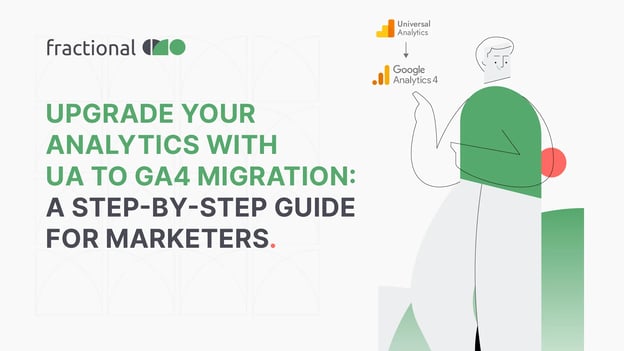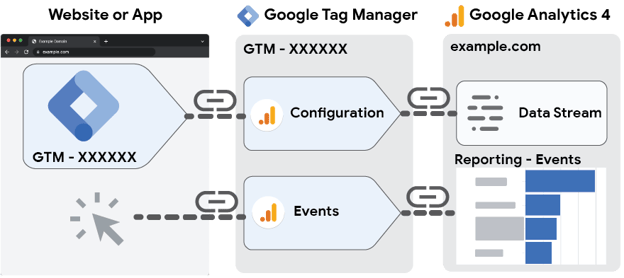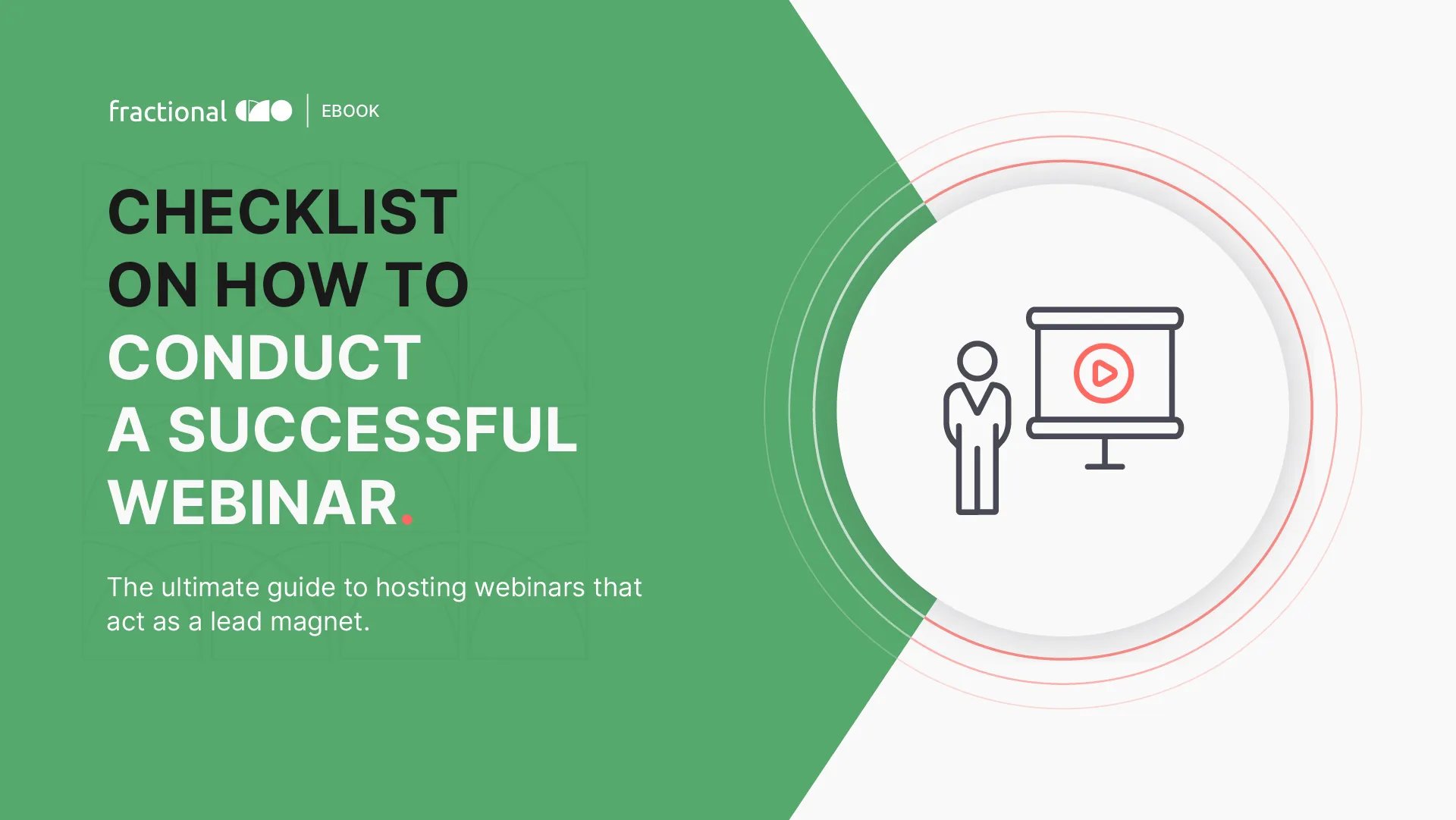Upgrade your analytics with UA to GA4 Migration: A detailed guide for marketers

As a marketer, you know how important data is to your strategy.
Google Analytics (GA) is powerful tool marketers use to understand how their website is performing, gain insights into their audience, and track their progress toward business objectives.
If you are already using GA, that’s great. If not, consider knowing more about it and using it to uncover key business insights.

Source: Twitter
Google Analytics has undergone a major update in recent years with the introduction of GA4. GA4 provides a more flexible and user-centric data model and is designed to help businesses better understand user behaviour in today's multi-device, multi-channel world.
Source: Youtube
If you're using Universal Analytics (UA), migrating to GA4 can provide a better understanding of your user's journey and provide more comprehensive data that can inform marketing decisions.
In this blog, we will provide a
A step-by-step guide to upgrade your analytics with UA to GA4 migration.
Access to a GA account with UA and GA4 properties.
Before you begin the Google Analytics 4 migration process, it's important to ensure that you have access to both a UA and a GA4 property within your Google Analytics account. This will allow you to compare data between the two properties during and after the migration process.
If you don't have access to both, you'll need to create a new GA4 property in your Google Analytics account. Follow these steps to add a GA4 property.
It’s advisable to connect your GA4 property to your existing UA property to be able to migrate the configurations from UA to GA4.
Here’s how to do so.
Source: Youtube
Distinguish between UA and GA4 data models
One of the biggest differences between UA and GA4 is the introduction of events and parameters in GA4. Events and parameters allow you to track specific user actions, such as button clicks and video views (instead of the traditional pageviews and events used in UA), and collect more detailed data about those actions.
This allows more flexibility in tracking user behavior across different devices and channels. It's essential to understand how these changes will affect your tracking and reporting before migrating to GA4.
Here's a quick read to compare the metrics: Google Analytics 4 vs Universal Analytics.
Choose data for GA4 migration: goals, segments, etc.
Next, you'll want to determine what data you want to migrate from your UA property to your GA4 property. This might include goals, segments, and custom dimensions. You'll want to make a list of everything you want to migrate so you can ensure that you don't miss any important data during the migration process.
It's important to note that some data may not be fully supported in GA4, so it's important to review what data will be lost in the migration.
Ensure custom code, tags, and scripts are GA4 compatible
If you're using custom code, tags, or scripts that rely on UA data, such as Google Tag Manager or Google Optimize, you'll need to update them to support GA4. This may involve creating new tags or scripts and updating existing ones, and also updating any custom dimensions that are being tracked to ensure that they're compatible with GA4.
Configure GA4 property, tags, and triggers for accurate data capture
Once you've updated your custom code and scripts, you'll want to configure your GA4 property and set up the necessary tags and triggers to ensure that data is captured correctly. This may involve creating new tags and triggers or updating existing ones to ensure that they're set up correctly for GA4.
To explain in simpler words, setting up your tracking code, configuring data streams, and setting up events and parameters to track user interactions is a key step in GA4 migration.

Source: Google Support
Read these steps as a guide to learning how to configure Google Analytics 4 tags in Google Tag Manager.
Create GA4 goals and events for tracking web user actions
To take advantage of the new features in GA4, you'll want to create new goals and events to track user behavior on your website. This might include tracking page views, button clicks, and other user actions that are important to your marketing strategy.
Here’s a quick read on how to map Universal Analytics goals to Google Analytics 4 conversions.
Use GA4's data migration feature to transfer UA data
Now that you have everything set up, it's time to migrate your UA data to your GA4 property. To do this, you can use the data migration feature in GA4, which can be accessed through the Admin settings of your GA4 property. Follow the instructions to migrate your data from UA to GA4.
It's important to note that the migration may take some time, depending on the amount of data being migrated.
Ensure smooth data migration and accurate data tracking with GA4
After completing the data migration from UA to GA4, it's crucial to ensure that your new GA4 property is accurately tracking your website data. Here are some steps to follow:
Step 1: Check your real-time data
The real-time report in GA4 can help you verify that your data is being captured correctly. You can check if the events and conversions are being tracked and if there are any issues with your website's tracking. If you notice any discrepancies, you can check the implementation of your tags and events and make any necessary changes.
Step 2: Compare UA and GA4 data
You can use the comparison report in GA4 to compare your UA and GA4 data. This report can help you identify any discrepancies in your data and determine if your GA4 property is accurately tracking your website traffic. You can select different time periods and dimensions to compare, such as sessions, pageviews, and bounce rates. If you notice any differences between the two, you can investigate and make adjustments to ensure that your GA4 data is accurate.
Step 3: Create custom reports
Creating custom reports in GA4 can help you track the specific metrics that matter to your business. You can use the custom report feature to create reports that show the data you want to track and analyze. By doing so, you can quickly identify any discrepancies in your data and make the necessary adjustments to improve your website's performance.
Adapt reporting and analysis for GA4's data model
After successfully migrating your data to GA4 and verifying that your data is accurate, it's time to adjust your reporting and analysis processes to account for the new data model and features in GA4. Here are some steps to follow:
Step 1: Familiarize yourself with GA4 reports
GA4 comes with new reports and features that are different from UA. It's essential to familiarize yourself with these reports and features so that you can take full advantage of them. You can start by exploring the different reports in GA4, such as the user acquisition report, engagement report, and retention report.
Step 2: Use the new features
GA4 comes with new features, such as events and parameters, that can help you track user behavior on your website more accurately. You can use these features to create custom events and parameters that are relevant to your business goals. By doing so, you can gain more insights into your website's performance and improve your online presence.
Step 3: Review and update your goals
Your goals in GA4 might differ from those in UA due to the new features and a user-centric data model. You should review and update your goals in GA4 to ensure that they are relevant to your business goals and are aligned with the new data model. You can create custom goals in GA4 that are specific to your business, such as video engagement, scroll depth, and form submission.
Train the team on GA4 usage
The training should cover how to access various types of reports, how to create customized reports, and how to use the exploration and analysis tools available within the GA4 platform. This training will enable your team to better understand and analyze website data, leading to improved decision-making and optimization of the website's performance.
Parting Words
Overall, UA to GA4 migration can seem like a daunting task, but by following these step-by-step guidelines, you can ensure a smooth and successful transition.
With the new features and data model in GA4, you'll have access to even deeper insights into user behavior, which can help you make more informed decisions and drive better marketing results.
And if you are unclear about how to enhance your analytics through universal analytics to google analytics 4 migration, or don’t have the bandwidth to implement this, fractional CMO can assist.
We, at fractional CMO, are a team of marketing operations specialists who can handle the heavy lifting of expanding your marketing capabilities and implementing marketing technology playbooks.
Looking to uncover even greater marketing insights through GA4? Get in touch with us, Today!








